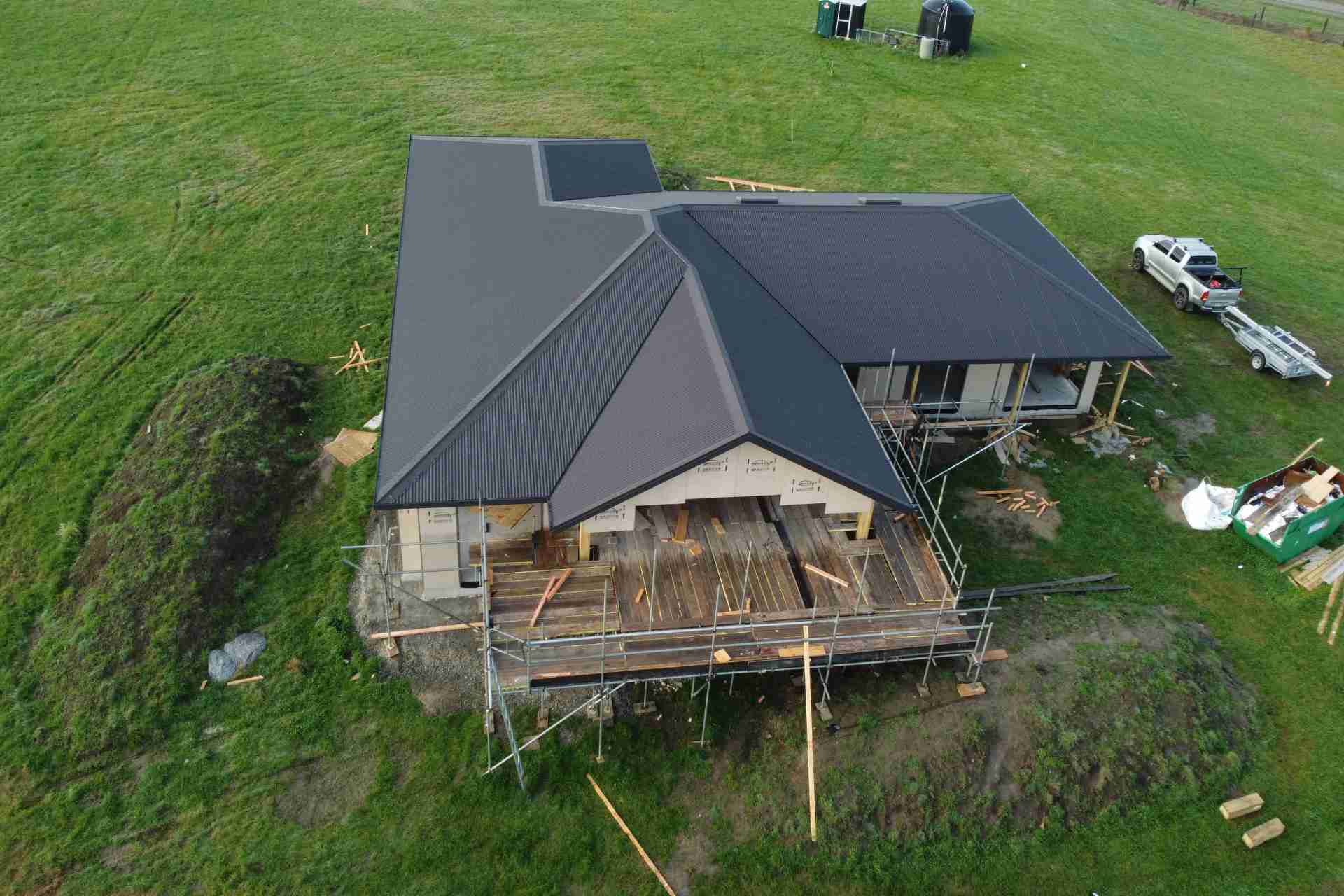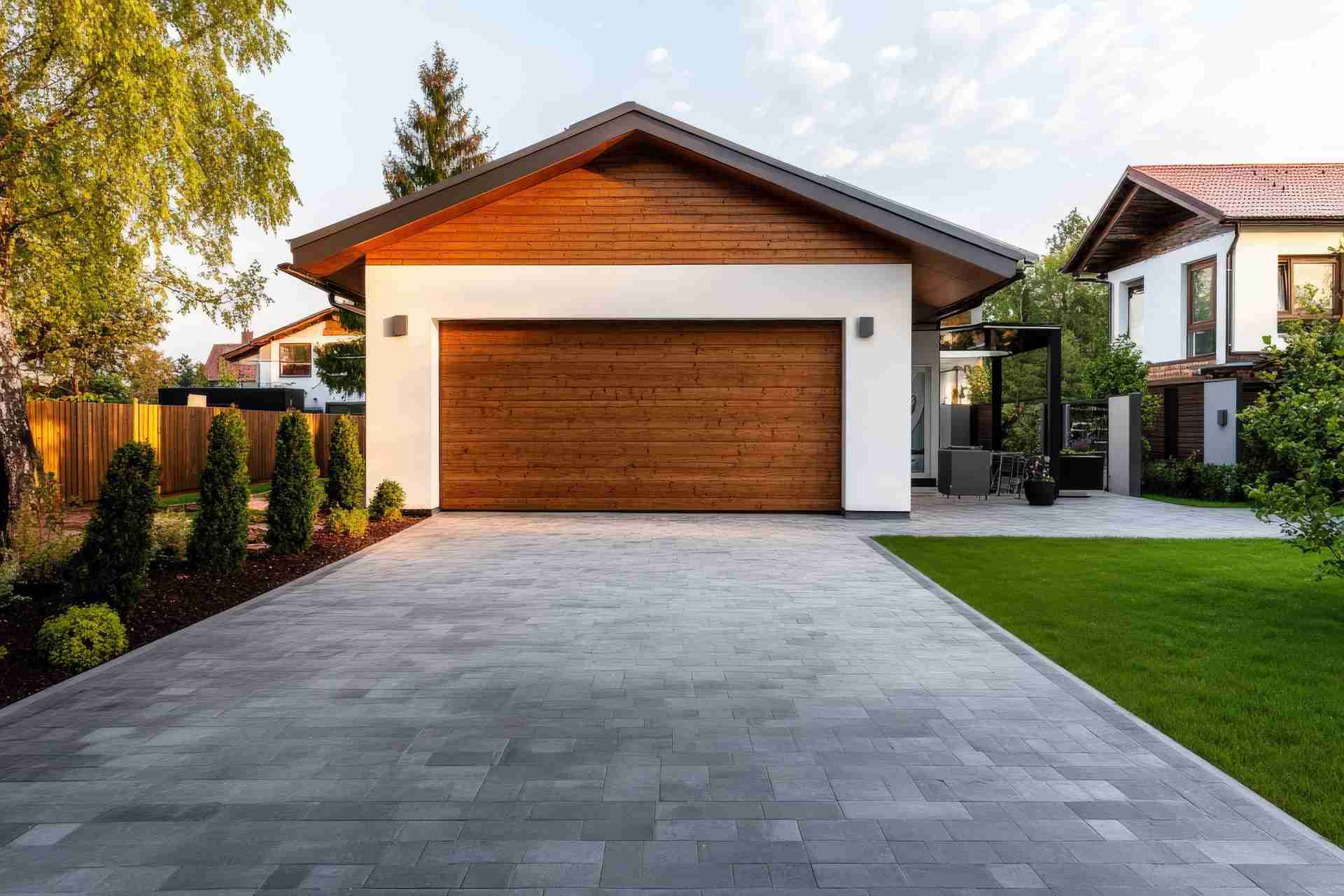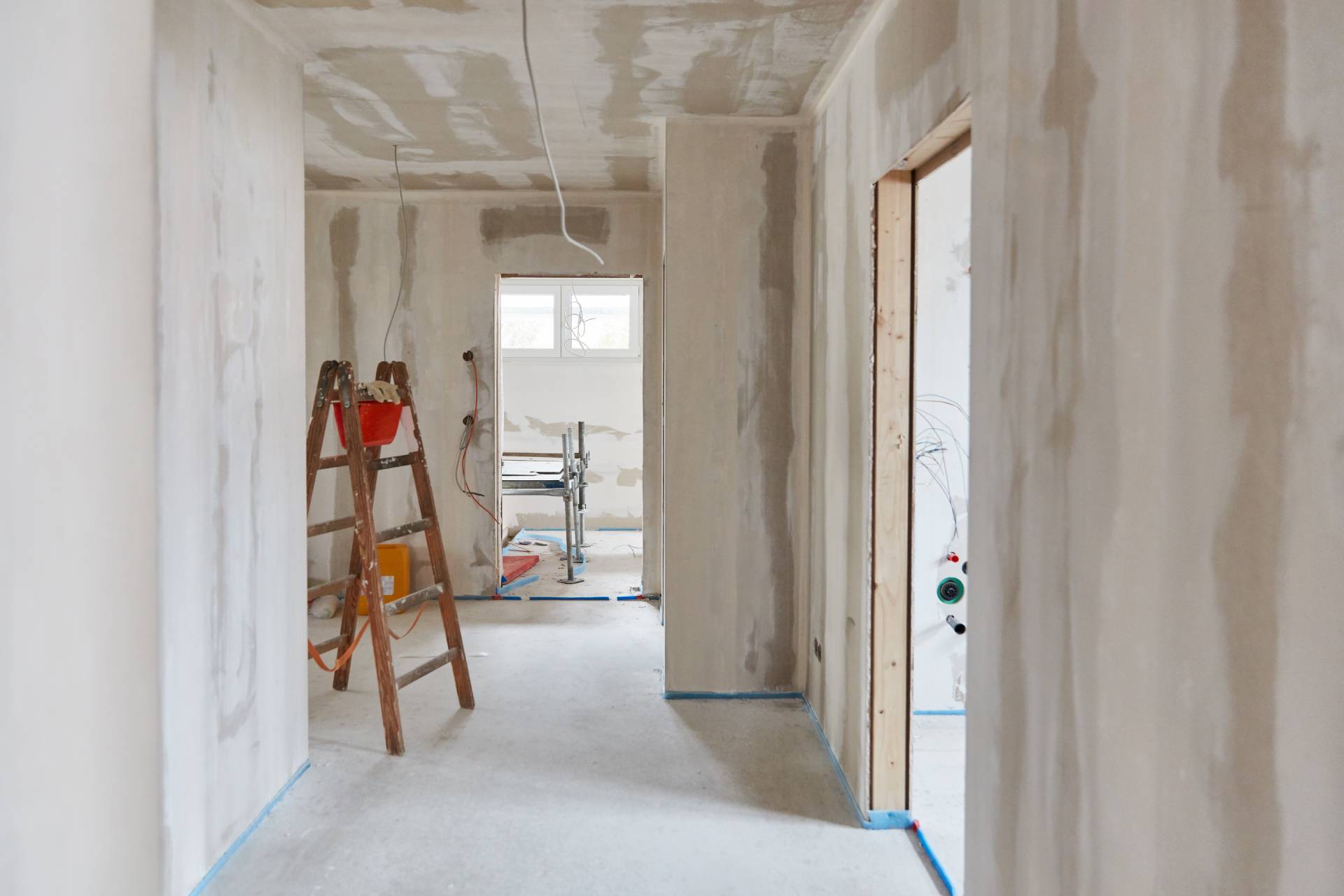
Building a dream home
How to find the right professionals for your project
Building a home can often be a once-in-a-lifetime opportunity to create a space that reflects your individuality and lifestyle. While purchasing a section is the first big step, it’s important to choose the right team to bring your vision to life.
From selecting your architect or designer to engaging a trusted builder, every decision contributes to the success of your project. With clear goals and professional support, your dream home can become a reality.
Start with your vision
Before engaging professionals, it’s important to have a clear idea of what you want in a home. Consider your budget, the size and style of the house, and how it will suit your section. Factors like sun orientation, site slope, and council zoning rules will influence your design. It’s worth researching what’s allowed under your local council regulations, zoning and site restrictions to avoid surprises later.
For Tania Moore and her family who have two labradors, a small dog and eight horses, finding a rural site was key. The busy family wanted to be surrounded by nature within easy distance to the city. Finding their hillside site in West Melton gave them the best of both worlds.
“We bought the section because it was rolling land and we wanted to build the house on top of the hill which has wonderful views of the mountains,” says Tania.
Choosing an architect or designer
Once you have your section, the next step is to bring in a professional who can turn your ideas into a workable design. You can choose between a registered architect, architectural designer or a design-and-build company.
Registered architects provide a highly tailored design service, often suited to complex sites or unique homes. Architects usually handle more complex or bespoke projects, where design creativity, site
challenges, or high-end finishes are required. They are generally more expensive due to the higher level of training, regulation, and complexity of service provided.
Architectural Designers and drafts people may offer a more affordable option for less complex sites and builds. These professionals can design residential and many commercial buildings. They often focus on residential homes, renovations, and smaller projects.
Design-and-build companies often work with architectural designers and streamline the process by combining design, pricing, and construction under one roof. This process can be simplified even further with a range of off the shelf plans with customisable options.
When choosing a designer for your new home, ask to see portfolios of past work, check credentials, and ensure you feel comfortable with their communication style.
With this hillside home, Tania’s research was simplified by choosing an architect who had designed several houses for a friend. Seeing these completed designs along with having a strong recommendation gave Tania the confidence to start the design process.
“We took what we wanted on paper to the architect and then with their knowledge they helped us with the finer details,” says Tania. “They were amazing throughout the whole process and gave us a lot of great ideas.”
On the top of Tania’s wish list was a generous kitchen and living space as well as making the most of the views of the mountains and outdoor areas.
Consents and compliance
Your chosen design professional will prepare detailed plans and lodge a building consent application with your local council. This step ensures your home meets the latest Building Code regulations. Consent approval times can vary, so it’s wise to factor this into your timeline.
It’s worth noting that the design process can take longer with custom home designs on complex sites. In Tania’s case, the design process took around 14 months to draw up before being submitted to the council.
Engaging a builder
After your concept plans are developed, you’ll need to secure a Licensed Building Practitioner. Many homeowners request quotes from several builders before making a decision. Much like finding the right designer, make sure you choose a builder who has experience with the type of home you want. Check their availability and timeline for the project and make sure there is transparency around pricing. Some people prefer a full contract build, where the builder manages everything, while others choose a labour-only contract, sourcing materials and subcontractors themselves.
Tania and her partner chose an independent builder for their architect designed home. “We chose a builder who was also recommended and they have been incredible always keeping us informed on the progress and financial side of the build” says Tania. “I would recommend going with an independent builder again.” Tania also recommends visiting a lot of show homes for inspiration. This way you will be ready to start the design process with a clear wish list of what to include in your dream home.









